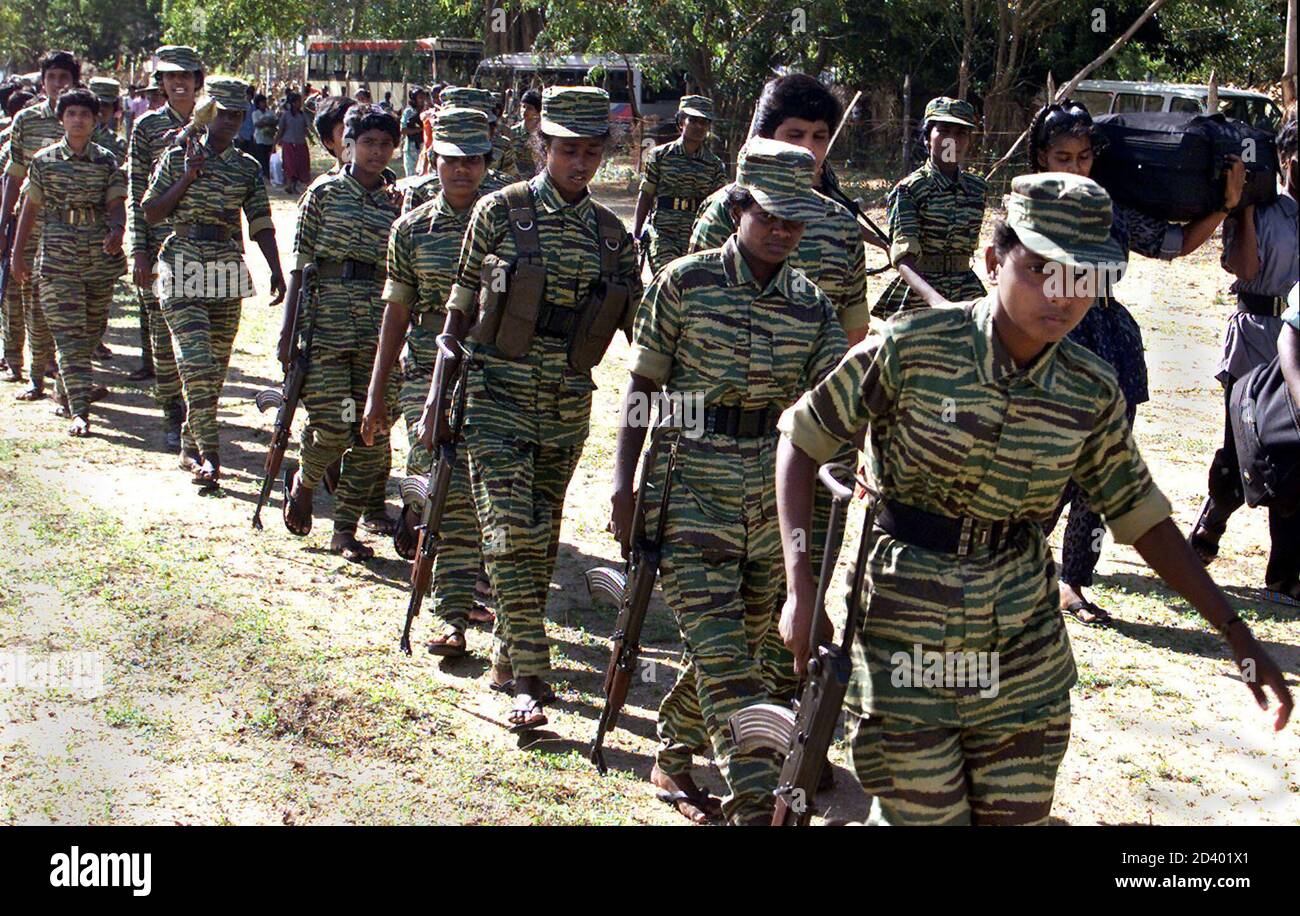

The International human rights law protecting children’s rights had been selectively used by the government thus suppressing the people rather than protecting the rights of the children. Furthermore, recruits aged 18 and above did not come forward, forcing the government to recruit under aged children. When the Optional Protocol on the involvement of children in armed conflicts (OP/AC) was being drawn up, Sri Lankan government tried to reduce the recruiting age to 16 for states as there were more than 100,000 army deserters. It was found that under aged soldiers were recruited with the help of bogus birth certificates that were manipulated by the government, showing them as over 18 years old. They also benefited from the collusion of the unwitting international community, the people concerned about issues regarding child rights, which supported the government with neutrality since 1983. Recruited children received minimal training as they were used as front-line troops to protect the senior leadership and because of that many children have been among the casualties during fighting.Īccording to Tamil Centre for Human Rights (2006), the Sri Lanka government is responsible for the grave and systematic violations against the children as they sought to cover it up with misinformation and propaganda. In March 2009, LTTE was said to have introduced a quota system whereby teams of six cadres needed to return with 30 conscripts or they will be subjected to severe punishment. In the past, some families paid off the LTTE to protect their children against recruitment but LTTE no longer provided this option in the last months of conflicts. Families attempted to conceal the children for the fear of their children being recruited as child soldiers but the LTTE cadres would return at night to search the houses for children. In the east of the country, even in IDP camps, children were still at risk of recruitment and abduction.Ĭ (2009) stated that LTTE obtained lists of IDPs from a village officer and they used it to identify families with children for recruitment. Children were also among the tens of thousands of civilians forced to flee fighting since mid-2008 and were sent to military-run Internally Displaced Persons (IDP) camps deprived of liberty and freedom in the north of the country. (2009) noted that children were used to perform a range of duties such as digging bunkers at the front line and to collect weapons from killed cadres and Sri Lankan Army (SLA) soldiers.

Forced recruitment of children under 18 escalated in the final months of hostilities during the conflict in 2008.

The recruiters of children under the age of 18 are mainly rebels of LTTE and the Karuna group, a break-away faction of LTTE working with Sri Lanka Forces. The Liberation Tigers of Tamil Eelam (LTTE) was accused of recruiting and using the child soldiers as front-line troops. The opposition group, Liberation Tigers of Tamil Eelam (LTTE) recruited and used child soldiers throughout the 25-year armed conflict with Sri Lankan government forces.


 0 kommentar(er)
0 kommentar(er)
